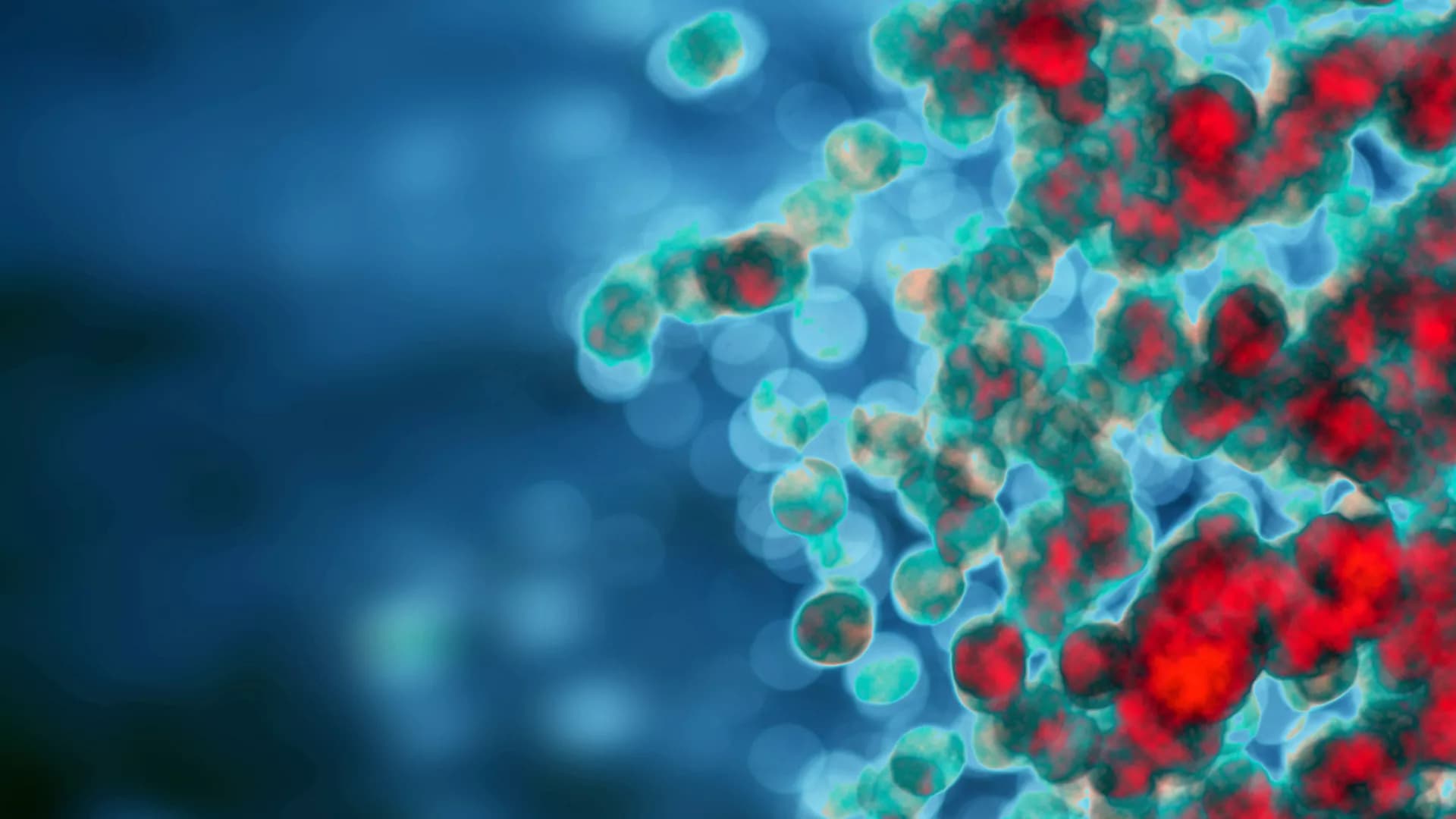The innate immune system, often the first line of host defense against invading pathogens, includes a large and diverse population of myeloid cells, granulocytes, and innate lymphocytes. Innate immune mechanisms may be described as “non-specific”, however, innate cells sense pathogens and pathogen-induced damage, directing the nature of the adaptive immune response and are central to driving effector mechanisms that fight infection and promote healing.
Infections driven by parasites that live on or in a host present a unique set of challenges for host defense. By their nature, parasites aim to co-exist with the host and have often evolved complex strategies to evade and/ or regulate immune activation. Parasitic organisms that include protozoa, helminths and ectoparasites, are a huge disease burden around the globe that requires innovative therapeutic strategies to effectively reduce the impact on human health, quality of life and the economic prosperity of endemic countries.
Treatment of parasitic infections is limited by poor provision of targeted vaccines and therapies. Thus, a greater understanding of immune activation during infection is essential for the development of novel approaches to tackle these infections. Innate immune cells represent an important target for therapies, as they interact directly with parasites or with infected and damaged cells and are involved in innate-adaptive immune crosstalk that drives effector mechanisms, while unchecked innate immune cells activation can lead to immunopathology and lasting morbidity.
In this Research Topic, we aim to collate cutting-edge research investigating the activation, function, and dysregulation of innate immune cells during infection with parasites. We welcome the submission of Original Research, Reviews, Mini-Reviews, Methods and Perspectives articles focusing on the following subtopics:
• The parasite-innate immune cell interface (in humans or model organisms).
• Immunomodulation of innate immunity by parasitic pathogens.
• Innate-adaptive immune cell crosstalk in host protection and immunopathology.
• Immunological outcomes of clinical trials associated with innate immune cells in parasitic infection.
The innate immune system, often the first line of host defense against invading pathogens, includes a large and diverse population of myeloid cells, granulocytes, and innate lymphocytes. Innate immune mechanisms may be described as “non-specific”, however, innate cells sense pathogens and pathogen-induced damage, directing the nature of the adaptive immune response and are central to driving effector mechanisms that fight infection and promote healing.
Infections driven by parasites that live on or in a host present a unique set of challenges for host defense. By their nature, parasites aim to co-exist with the host and have often evolved complex strategies to evade and/ or regulate immune activation. Parasitic organisms that include protozoa, helminths and ectoparasites, are a huge disease burden around the globe that requires innovative therapeutic strategies to effectively reduce the impact on human health, quality of life and the economic prosperity of endemic countries.
Treatment of parasitic infections is limited by poor provision of targeted vaccines and therapies. Thus, a greater understanding of immune activation during infection is essential for the development of novel approaches to tackle these infections. Innate immune cells represent an important target for therapies, as they interact directly with parasites or with infected and damaged cells and are involved in innate-adaptive immune crosstalk that drives effector mechanisms, while unchecked innate immune cells activation can lead to immunopathology and lasting morbidity.
In this Research Topic, we aim to collate cutting-edge research investigating the activation, function, and dysregulation of innate immune cells during infection with parasites. We welcome the submission of Original Research, Reviews, Mini-Reviews, Methods and Perspectives articles focusing on the following subtopics:
• The parasite-innate immune cell interface (in humans or model organisms).
• Immunomodulation of innate immunity by parasitic pathogens.
• Innate-adaptive immune cell crosstalk in host protection and immunopathology.
• Immunological outcomes of clinical trials associated with innate immune cells in parasitic infection.







